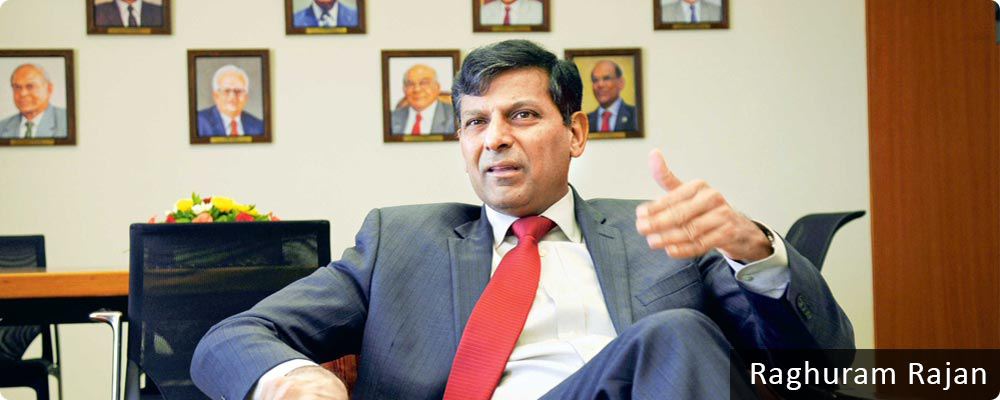Prime Offer: Save 20% Off on your preferred services! Apply Coupon: INVEST20 | Avail Offer
Prime Offer: Save 20% Off. Avail Offer
Prime Offer: Save 20% Off on your preferred services! Apply Coupon: INVEST20 | Avail Offer
Prime Offer: Save 20% Off on your preferred services! Apply Coupon: INVEST20 | Avail Offer
Prime Offer: Save 20% Off. Avail Offer
July 08, 2016
|
For the first time ever, we bring to you an exclusive monthly newsletter covering all major events in June 2016 that helped the Indian equity markets witness its ups and downs. Have a look at the Part 1/3 of our monthly newsletter and enjoy the seen and the unseen aspects of the news which actually mattered:
It will be interesting to see, which one of the above mentioned candidates would replace Rajan, in a time when the country is striving to boost its growth amidst a subdued and patchy global environment. One has to keep in mind the growth of our economy is not a one man phenomenon. Investors might temporarily pull out of our markets, but they have to come back as India offers them growth opportunities that almost no other country offers, not China, not Japan or not even the European economies which are in turmoil as of now.
Foreign investors will now be allowed to own up to 100% equity in the local defense companies, of which investments up to 49% will be through the automatic approval route and those beyond 49% will only be though government approval. This is sensible considering it involves national security.
Also, the condition of access to ‘state-of-art’ technology in the country has been done away with, and cases of investment beyond 49% through approval will now require just access to ‘modern’ technology.
Under the previous rules, foreign Original Equipment Manufacturers (OEMs) had to compulsorily form joint ventures with domestic firms if they wanted to establish manufacturing bases in India. But now, they can independently plan and implement operations in India.
The new policy allows 49% FDI through the automatic approval route and 100% after the government approval for the airliner industry. Since aviation is a low-margin business, only those with strong cash reserves and the right business model can survive. The Indian carriers fall into none of these categories. Even though SpiceJet, GoAir, Jet and say Air India for that matter, recently turned profitable, it was mainly due to the fall in fuel prices. Only IndiGo, has been consistently profitable due to its superior and efficient business model. These Indian airlines would be highly benefitted by investments from their cash-rich Gulf peers like Etihad, Emirates, Qatar, etc.
In case of Brownfield Airports, the government has now permitted 100% FDI so as to try and support our local low-cost carriers with low-cost airports which will now be a reality via foreign investment. Earlier, smaller airports were, well still are, starved of investments, a scenario which is expected to now change.
74% FDI will now be permitted under automatic approval route for Brownfield pharmaceutical units and those beyond 74% will require government approval. This will enable a possibility of more acquisitions of Indian pharma SMEs by foreign MNCs. They will be able to tap the Indian generic pharmaceutical market to challenge their Indian peers with relatively deeper coffers to burn. This change in the policy will also allow private equity players to fund the ever growing Indian pharma projects.
This is one of the most ‘indirectly’ effective FDI changes, which will enable 100% foreign investment in the Food Retail segment, but, only through the government approval route. This could potentially attract retail giants like WalMart, Costco, Target Corporation, etc to enter India and have domestic sourcing of food items, thereby helping farmers obtain a better price on their produce. The various eGrocers can also attract fresh funding, since food eCommerce is now an open game once again.
Local sourcing norms have been waived for 3 years with an option for extending the waiver by another 5 years. This will attract the likes of Apple Inc to set up their stores in India. The idea is that at some point, they will start local sourcing to keep some costs down which will in turn benefit Indian SMEs.
Apart from the above mentioned sectors, Broadcast Carriage (100% FDI through automatic approval route), Private Security Agencies (49% FDI through automatic approval route and beyond 49% till 74% via government approval) and Animal Husbandry (100% FDI allowed, but now with no ‘controlled’ clauses).
These changes now make India, one of the most open economies in the world to invest in.
Stay tuned for the Part 2/3 which will be covering the "Monsoon Onset" and its implications on our economy.
